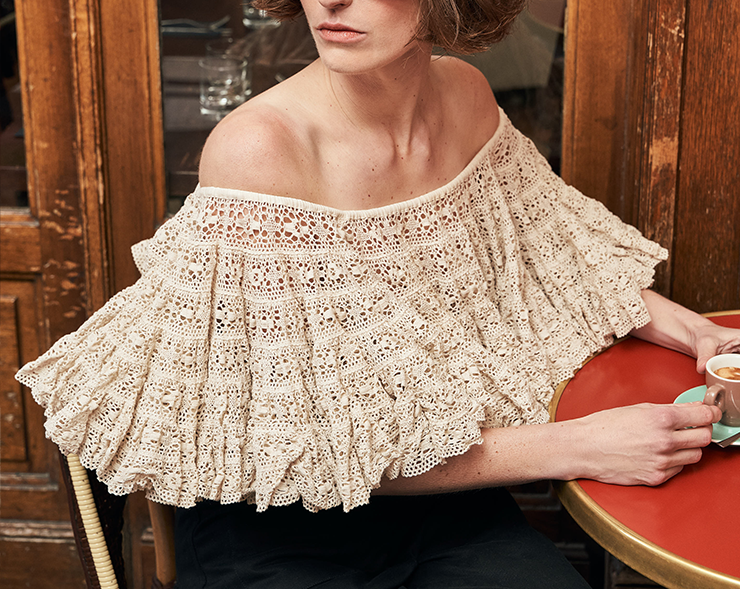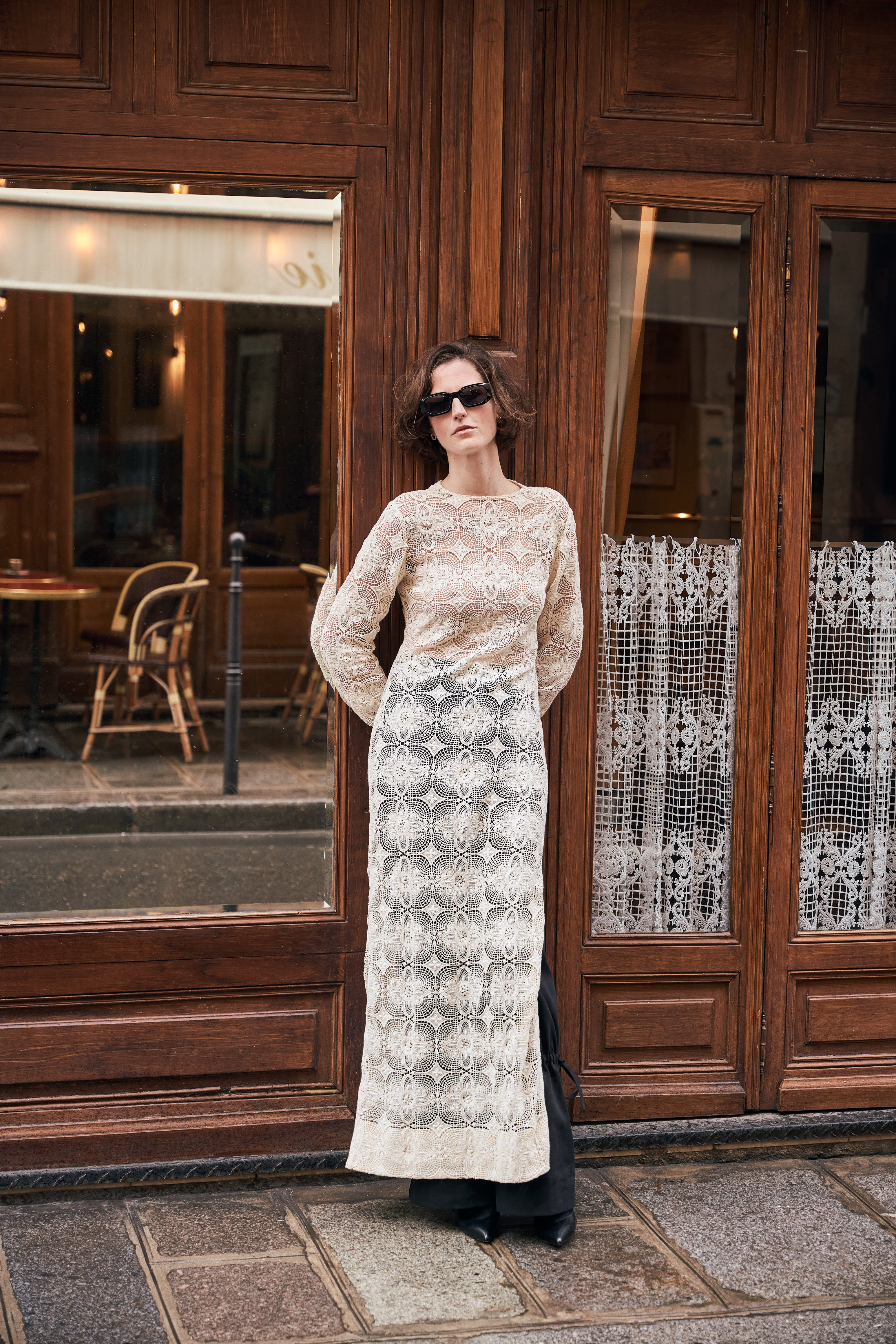 Anish Kapoor, Part of the Red, 1981. ©AnishKapoor
Anish Kapoor, Part of the Red, 1981. ©AnishKapoor
 AnishKapoor,WhiteSand,RedMillet,ManyFlowers,1982,mixedmedia,pigment ©AnishKapoor
AnishKapoor,WhiteSand,RedMillet,ManyFlowers,1982,mixedmedia,pigment ©AnishKapoor
Anish Kapoor is one of contemporary arts’ super stars. Kapoor occupied the chateau de Versailles in 2015 with his Dirty Corner; in Chicago, his “Bean” (officially Cloud Gate) has become a symbol of the city; in 2011, he took over Paris’ Grand Palais with his monumental Leviathan. He was the first living artist to have an exhibition at the Royal Academy of Arts, with his monumental Shooting in the Corner, a cannon firing pellets of wax into a corner of the gallery. This exhibition at the time was the most successful exhibition ever in London for a living artist. For decades now, and all over the world, Kapoor, who has been knighted by the Queen of England in 2013, has been one of the gold standards of the art world. Big exhibitions, big crowds - and sometimes big controversies.
New York’s Jewish museum has gone back to the roots of his art, to where it all began, with a very poetic show simply titled Anish Kapoor: The Early Works. When Kapoor started showing his work, in the very early 1980s, it was influenced by his native India. He was born in Mumbai in 1954 in an Indian Jewish family. These works were modest sized shapes made of the colorful pigments found everywhere in India - bright yellow and blue and red. The exhibition is “an ongoing investigation of the boundaries of sculpture, color and form.” As James S. Snyder, the director of the Jewish Museum explains, Early Works “highlights themes of ritual, perception and the power of materiality that resonate across the diversity of world cultures and histories.”
 Anish Kapoor studio, 1982
Anish Kapoor studio, 1982
The beauty of the early works made with pigments resides in the contrast between the power of the shapes and the frailty of the loose pigments. The shapes are mysterious. They could be objects for an ancient cult. The vibrant colors have a powerful presence. There is something mesmerizing in these early works. Kapoor’s work exemplifies the psychic effects of color - and of its absence.
The show also presents works created with Vantablack, a substance that absorbs almost all light. It created a controversy when Kapoor started working with the “blackest black” as it was exclusively licensed to him.
 Anish Kapoor studio, 1980
Anish Kapoor studio, 1980
The Jewish Museum show peels away the honors, the superlatives, the big crowds which have surrounded the artist as rock star. It reminds us how magical and enchanting were Kapoor’s simple early works and how deeply affecting they were. It is like seeing old friends again and to go away inspired and happy.
~Jean-Sébastien Stehli
 Anish Kapoor studio, 1980
Anish Kapoor studio, 1980
Anish Kapoor: Early Works. Until February 1, 2026. jewishmuseum.or
 Anish Kapoor studio, 1980
Anish Kapoor studio, 1980






